Deck & Commander Strategies
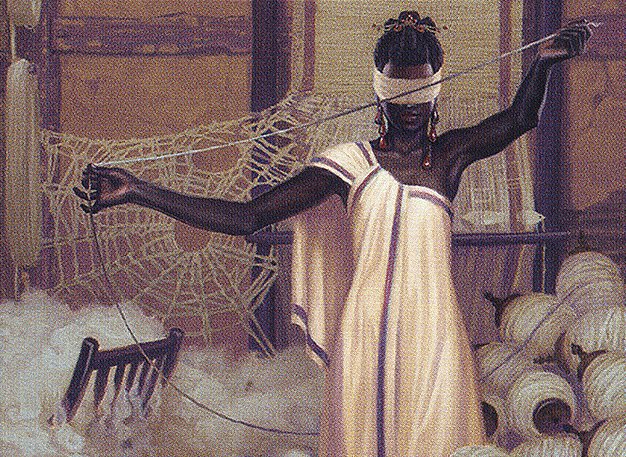
Tymna the Weaver
Utilizes life payment to draw cards and gain incremental advantage, combined with efficient creatures and disruption to control the board and close out the game through attrition and combat damage.
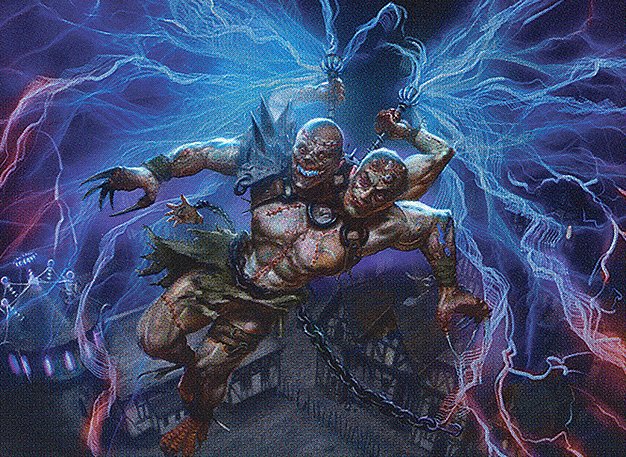
Kraum, Ludevic's Opus
Leverages card draw and aggressive attacks to pressure opponents early while generating value, combining with blue spells for control and combo potential.
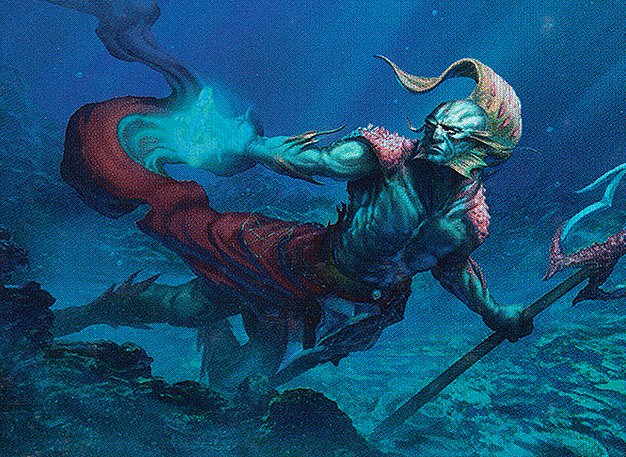
Thrasios, Triton Hero
Focuses on ramping mana and digging through the deck to assemble combos or lock pieces, supporting a toolbox style that adapts to the game state.

Bruse Tarl, Boorish Herder
Enhances aggressive creatures with double strike and lifelink to maximize combat damage output and survivability, aiming to close games quickly via combat damage.
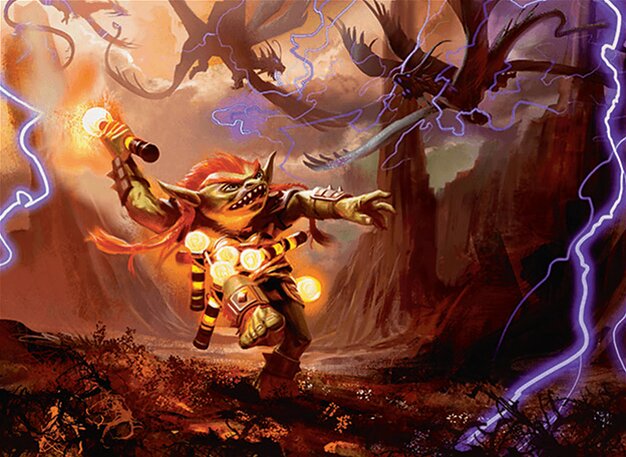
Vial Smasher the Fierce
Plays a midrange game combining disruptive spells and damage through Vial Smasher triggers to chip away opponents while controlling the board with reactive spells.
Gameplay Insights
- 1
Players chose not to pay for Mystic Remora triggers for multiple turns, showing an unusual strategic restraint to avoid escalating costs early on.
- 2
The combination of tutors like Vampiric Tutor and Enlightened Tutor was pivotal in searching out key combo or disruption pieces, but was countered effectively by Opposition Agent.
- 3
Using Deflecting Swat to redirect Cyclonic Rift onto an Opposition Agent was a critical play that disrupted a potential game-winning board wipe.
- 4
Swift Reconfiguration was used on Chrome Mox to avoid exile effects and maintain board presence.
- 5
Players carefully managed life totals and card draw triggers from commanders like Tymna and Kraum to maintain tempo and resource advantage.
- 6
The interaction between multiple control elements, counterspells, and targeted removal kept the gameplay very interactive and prevented any single player from running away with the game early.
Notable Cards
-
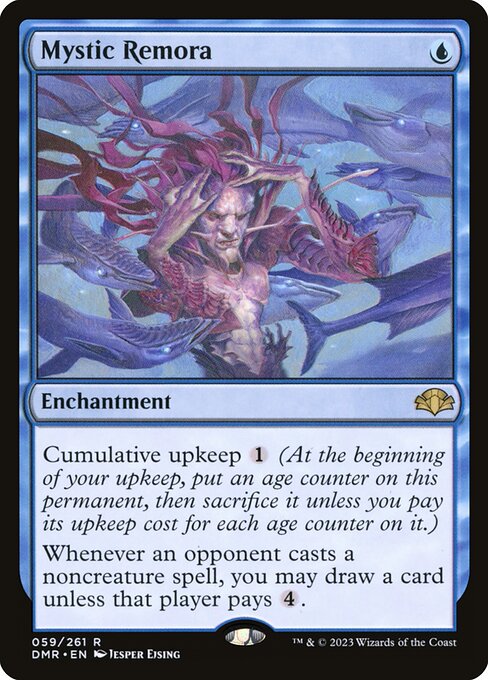
Mystic Remora
-
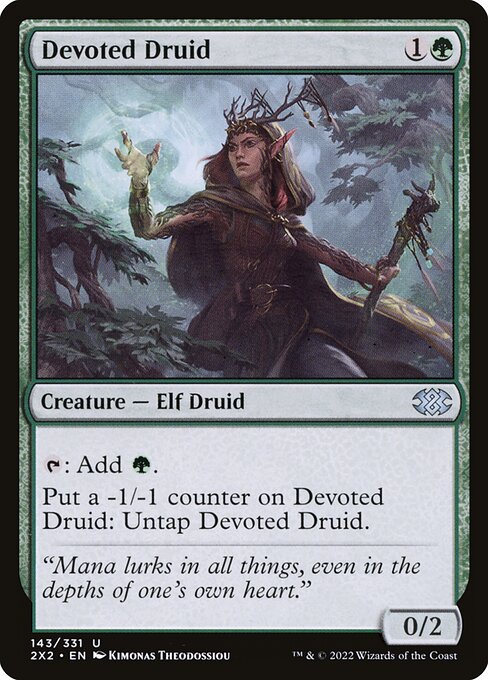
Devoted Druid
-
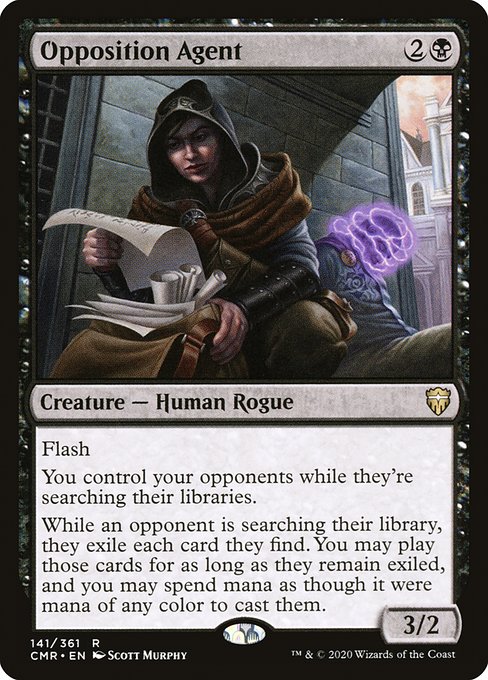
Opposition Agent
-
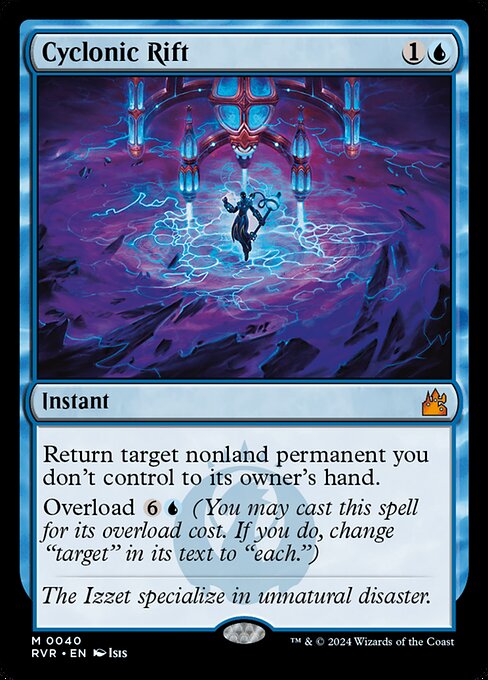
Cyclonic Rift
-

Deflecting Swat
-
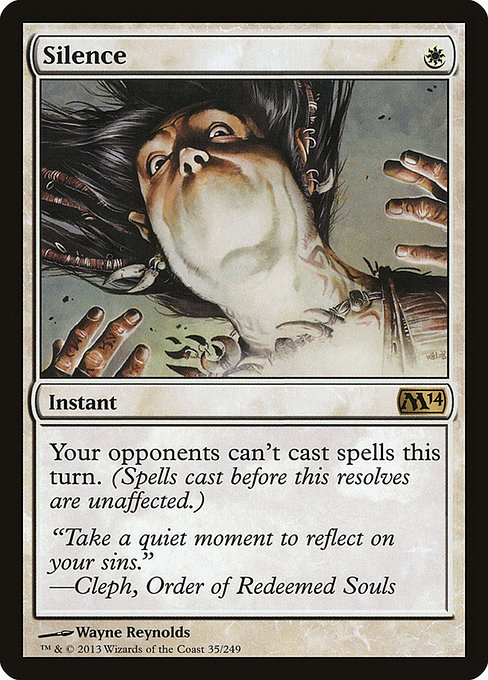
Silence
-

Chrome Mox
-
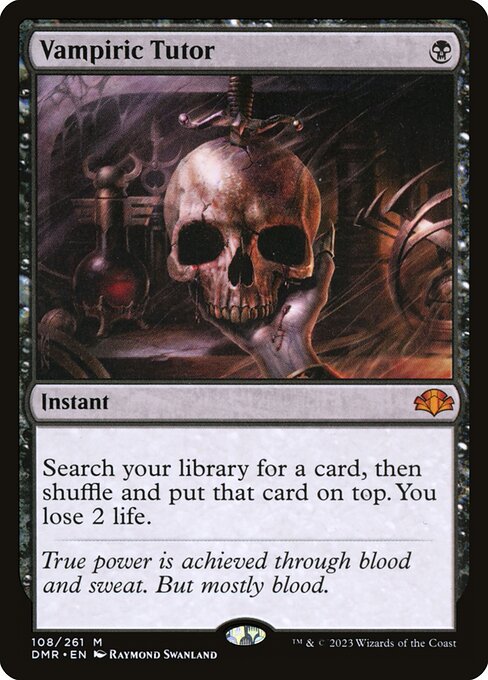
Vampiric Tutor
-
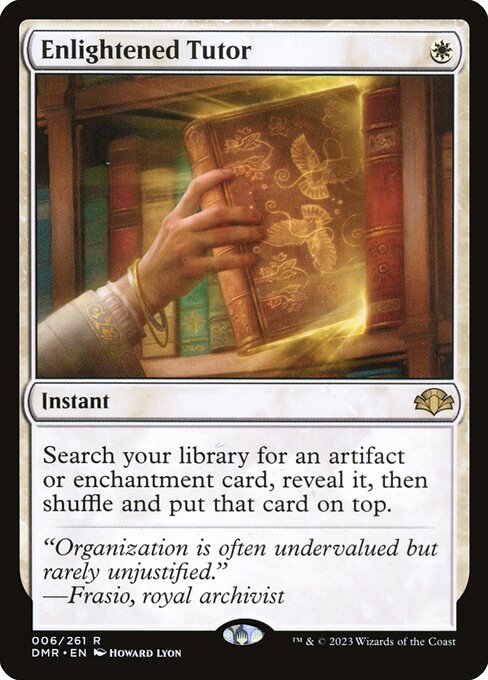
Enlightened Tutor
-

Thrasios, Triton Hero
-

Bruse Tarl, Boorish Herder
Gameplay Summary
The game began with players establishing their mana bases and casting early disruptive or card advantage spells like Mystic Remora and Bloom Tender.
Early turns saw players cautiously developing their boards with key creatures such as Tymna the Weaver, Thrasios, Triton Hero, and others, while also managing resources carefully.
Notable was the mutual decision to avoid paying for Mystic Remora triggers for multiple turns, showing a rare moment of restraint in a competitive environment. As the game progressed, board presence intensified with plays like Devoted Druid, Chrome Mox, and various tutors, enabling explosive mana acceleration and card draw.
Control elements like Silence and counterspells were deployed, along with disruptive creatures such as Opposition Agent, which repeatedly affected opponents' tutoring and casting options.
A pivotal moment involved a Cyclonic Rift being deflected onto an Opposition Agent, stalling a potential win.
Despite heavy card draw and mana ramp, the game remained balanced with players responding to threats and trying to find new lines to victory, highlighting the dynamic and interactive nature of four-color cEDH gameplay.





















